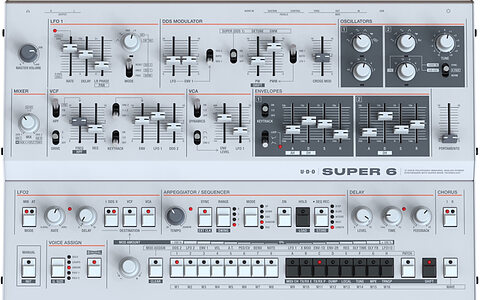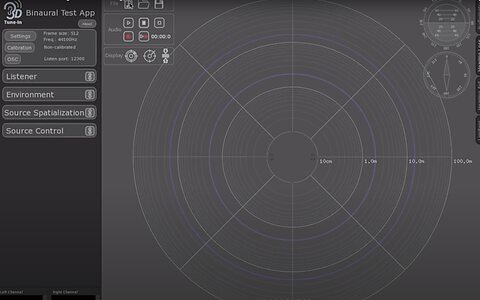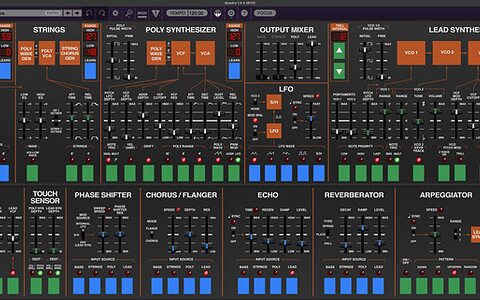
Spitfire release Aperture: The Stack
New library captures a huge collection of instruments played through a massive 56-amp 'wall of sound'.

New library captures a huge collection of instruments played through a massive 56-amp 'wall of sound'.


DPA Microphones are giving two SOS readers the chance to win their amazing 2028 vocal microphone (each prize worth £540).

Sound On Sound's esteemed Technical Editor Hugh Robjohns has been made an Honorary Doctor of Technology by the University of West England.

3D Tune-In Toolkit is open source, and includes Java, VST and stand-alone apps.


CA's latest release tackles the ambitious four-in-one synth from ARP.

Volcano 3 includes new filter types, saturation controls and an enhanced UI.

Get 50 percent off premium Berlin series orchestral instruments

British amp brand launch powerful overdrive pedal that combines valve drive with DSP speaker modelling.